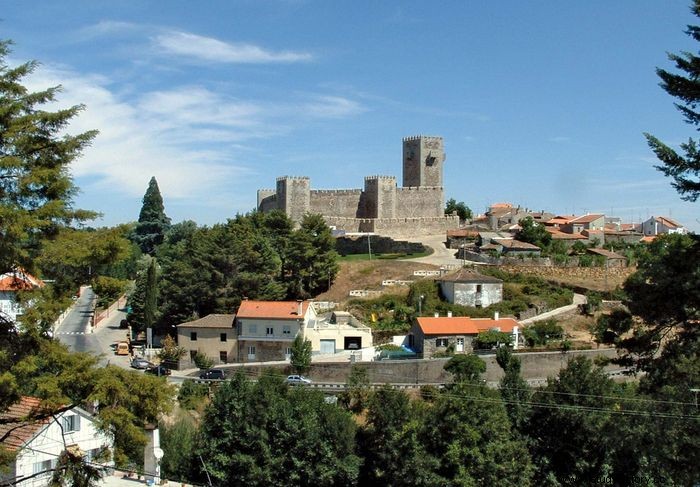Beira , former principality and historical province, north-central Portugal , from the shores of the extendable Douro River in the north to the upper reaches of the Tagus in the south-east and from the Spanish border in the east to the Atlantic Ocean to the west. The region was retaken from the Moors in the 8th century, but Moorish attacks lasted until the 15th century. It was also contested during the Portuguese-Castilian wars. 1835 became Beira to the districts of Aveiro, Coimbra, Viseu, Guarda and Castelo Branco split . In 1936 three new provinces were created:Beira Litoral (the coast with Coimbra as capital), Beira Alta (with Viseu as capital) and Beira Baixa (with dominant Castelo Branco), known as beiras. Despite further administrative restructuring, the defining character of each of these three provinces has remained strong. From the west, which includes Aveiro and its lagoon, the university city Coimbra and the city Figueira da Foz at the mouth of the Mondego The country rises in a series of rugged hills and mountain ranges up to Torre (Alto da Torre), the highest point of mainland Portugal. To the east, near the border with Spain, are well-preserved fortifications such as Almeida and Sabugal. The rugged, rocky region contains numerous sites of historical, cultural, and natural interest. Two notable local doctors, Fernando Namora and Miguel Torga and Aquilino Ribeiro , a local writer, portrayed rustic life in Beira.

